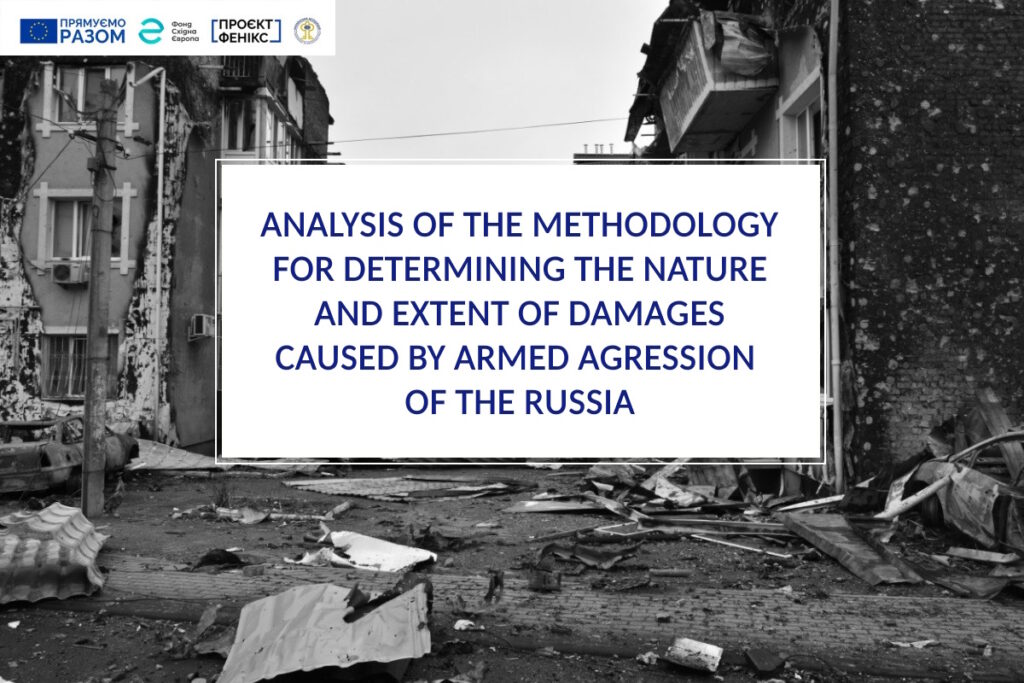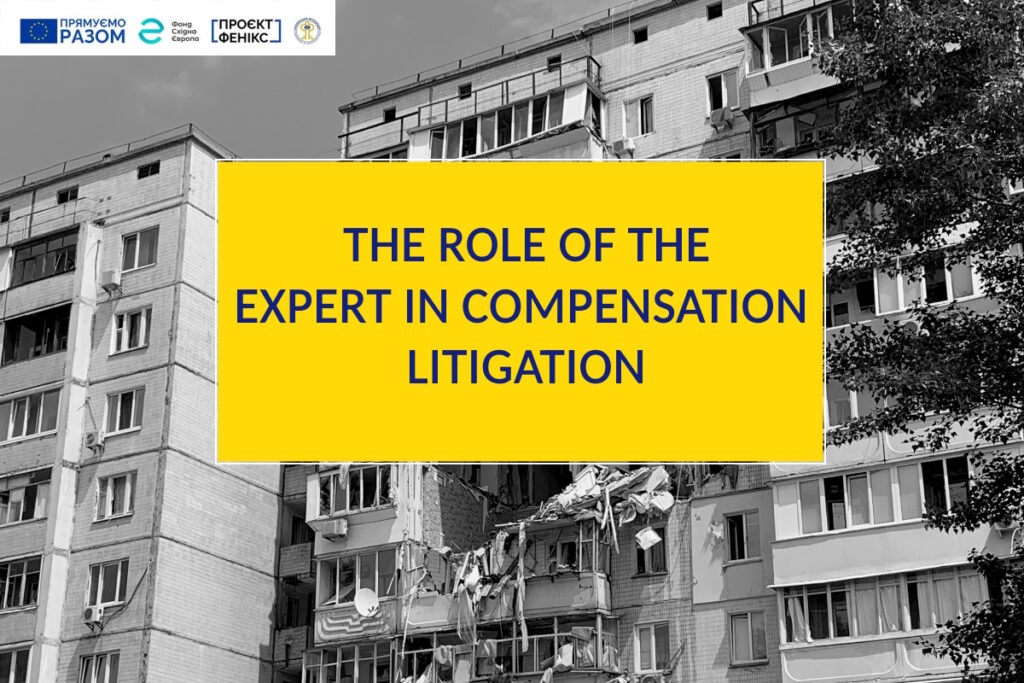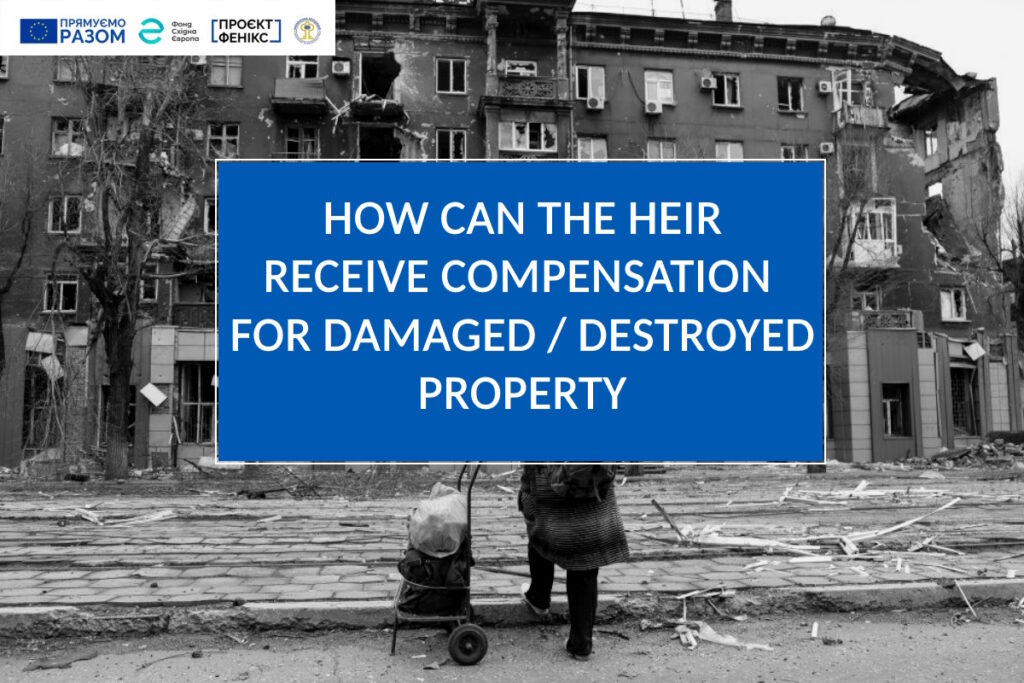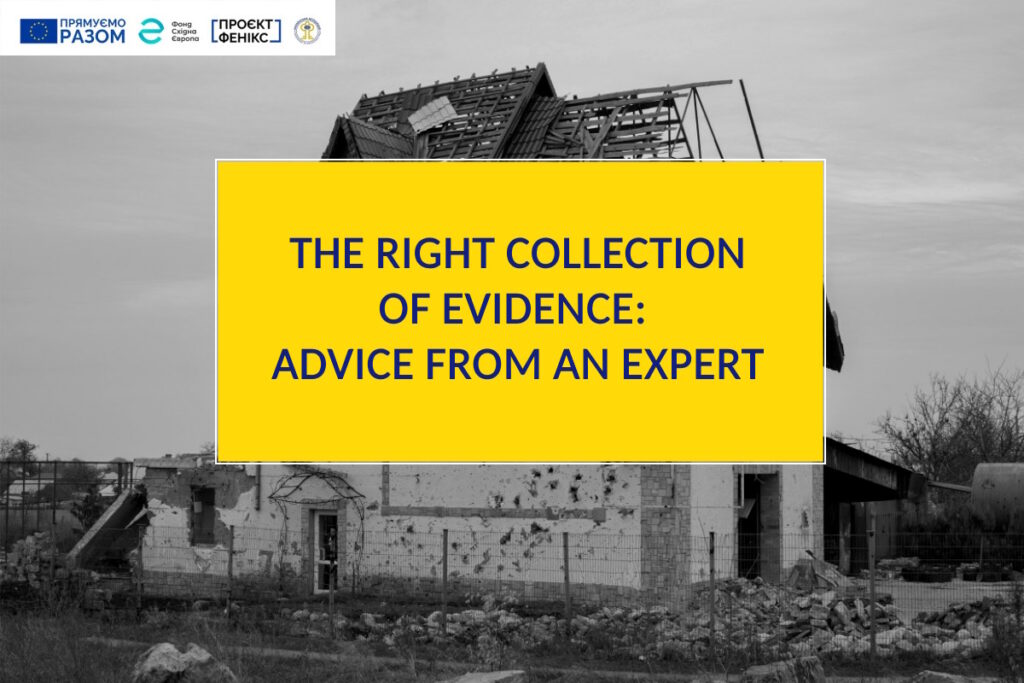
Analysis of the Methodology for Determining Damage and Losses, a mandatory aspect in conducting a forensic examination
Methodology for determining the damage and losses incurred by enterprises, institutions, and organizations of all forms of ownership due to the destruction and damage of their property in connection with the armed aggression of the Russian Federation, as well as lost profits from the inability or hindrance to conduct economic activities,” in accordance with the Cabinet of Ministers of Ukraine decree dated March 22, 2022, No. 326, is mandatory for use during the assessment of damages inflicted on victims who suffered damage due to the aggression of the Russian Federation, conducting forensic examination (expert research) related to the assessment of losses due to wartime actions, and its provisions prevail over other provisions of regulatory acts, methodologies, recommendations, etc., regulating issues of determining the amount of damage from hostilities inflicted on enterprises, institutions, organizations, and other economic entities of all forms of ownership.
Assessment of damages and losses: key points.
The subject of assessment:
- actual damage;
- lost profits;
- restoration costs.
Assessment date (after an unlawful event) from the range: date of the unlawful event – date of filing a lawsuit (the assessment date is determined taking into account the provisions of the third part of Article 225 of the Economic Code of Ukraine and is any date preceding or coinciding with the date of filing a lawsuit in court (the date of applying to the relevant authority for compensation), but no earlier than February 24, 2022).
Purposes of using the assessment results:
- determination of damages within the framework of criminal proceedings in accordance with the legislation of Ukraine;
- determination of damages for the purpose of filing compensation claims by victims;
- determination of damages for the purpose of filing lawsuits (including collective ones) by victims to judicial authorities, including international ones, as well as filing a lawsuit by the state of Ukraine to international judicial authorities;
- other purposes determined by the legislation.
Types of value in the assessment:
- market value;
- replacement/reproduction cost;
- gross development value.
Results of the assessment/expertise:
- assessment report (full or concise form) or expert opinion;
- review (if necessary).
Stages of conducting the assessment of damages
Preparatory stage:
- familiarization with the object of assessment by processing initial data;
- analysis of the completeness of the initial data;
- analysis of information sources;
- analysis of the reliability level of market data, which should be reflected in the report;
- conclusion of an agreement on the assessment of damages – in cases of conducting an independent assessment of damages, or a forensic examination (expert research) is appointed (entrusted).
2. Performance of assessment procedures or expert research.
3. Preparation of an assessment report or expert opinion.
The assessment report on damages is drawn up by the subject of assessment in compliance with the requirements of regulatory legal acts on property assessment in a concise or full form.
The form of the damages assessment report is determined in the contract for the assessment of property.
For the purpose of filing lawsuits with international judicial authorities, a full form of the damages assessment report is drawn up, which must comply with international assessment standards or universally recognized standards in the world if their application is required by the relevant international judicial authority.
The damages assessment report drawn up in a concise form should contain the following information:
- description of the assessed object;
- a concise description of the nature and degree of damage suffered by the property, with reference to available supporting materials;
- the purpose of the assessment;
- type of value;
- assessment date;
- used input data and the source of their receipt;
- analysis of the reliability and sufficiency of the available input information for conducting the assessment;
- assumptions and special assumptions relied upon by the appraiser during the assessment;
- assessment procedures applied during the assessment;
- conclusion on the value;
- date of preparation of the damages assessment report.
Review of damages assessment reports
1.State or municipal property:
- mandatory – provided by the State Property Fund of Ukraine or local self-government bodies with appropriate powers (municipal property).
2. Other cases:
- at the request of the individual – carried out by expert boards of self-regulatory organizations of appraisers.
Information support of the assessment:
1.Information sources applicable during the damages assessment.
Results of the inspection of the assessed object, conducted, in particular, using technical means and information sources:
- photo and video materials;
- data from Earth remote sensing and their derived products;
- analysis of social networks;
- available public information;
- other.
2. Market data applied during the assessment of damages:
- information on purchase and sale transactions of similar property to the assessed object;
- market prices for similar property;
- information from other documents (reports, expert opinions) drawn up as a result of the assessment of damages;
- other information sources that may be applied during the assessment of damages.
An indicative list of documents that may be used during the assessment of damages and that confirm that the loss, destruction, or damage to property occurred as a result of armed aggression can be found at the following link.
The publication was prepared within the framework of the Project “Increasing awareness among self-governing municipalities and citizens on recording the destruction caused by war”, which is implemented by the Ukrainian Association of District and Regional Councils with the support of the “Phoenix” Project, which is implemented by the Eastern Europe Fund at the expense of the European Union.






